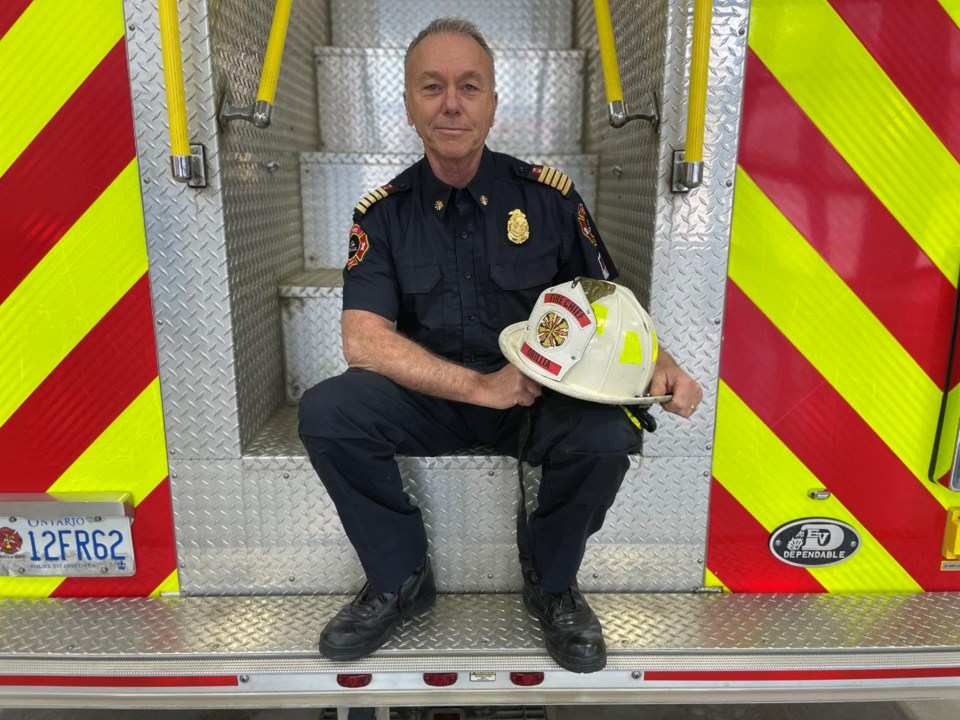Orillia Fire Chief Michael Clark is pleased the Ontario government has finally agreed to provide expanded cancer coverage to firefighters, retroactive to 1960.
The expanded coverage applies to full- and part-time firefighters, volunteers, and fire investigators. The WSIB coverage also extends to spouses and children if the firefighter dies from a work-related disease or injury.
“Firefighters used to have to build a case to justify that their cancer was related to their work,” Clark said. “These days, with presumptuous legislation, it’s like other workplaces where we don’t have to do that any longer.”
Clark says firefighters used to collect data for every call they went to. If they ever were diagnosed with cancer, they would have to make a case to justify a correlation between getting cancer and all the times they were exposed to carcinogens while on the job.
“We no longer have to do that,” he said. “Now the government has kind of made that leap of faith to say that it’s presumed that firefighters who have gotten cancer have got it through the workplace.”
Cancer is the leading cause of death for firefighters according to the Ontario Professional Firefighters Association (OPFA). In 2022, nearly 75 percent of occupational deaths were cancer-related.
The World Health Organization recently deemed cancer in firefighters as a group 1 occupational hazard, the most serious classification because of the "incredibly high" levels of carcinogens firefighters encounter on the job.
“During my time working in Brampton, there was a time where we always had someone dying of cancer,” Clark recalls. “I remember going to a funeral for one firefighter, and while at the funeral we would hear about the next person dying.”
Because of updated and better medical coverage and equipment, Clark says the death rate among firefighters has significantly decreased from when he started his career in 1982.
“It’s still certainly prevalent,” he said. “For firefighting, it’s a lot more prevalent versus the general population.”
Despite better medical coverage and updated equipment, Clark says firefighters are never fully protected.
“There is always some leakage through our gear,” he said. “Firefighters are always being exposed to some inhalation of the carcinogens in the air. There is no doubt about it.”
Clark says the only way to fully protect a firefighter is to never send them to a fire.
“It’s just the nature of the business,” he said. “You have to wear gear that still enables you to perform as a firefighter, and in light of that you will always allow some degree of carcinogens through to the skin.”
When firefighters return from a call, Clark says they are always anxious to get out of their gear and head to the showers.
“In the old days it used to be a badge of honour to wear the black dirty gear,” he said. “That is no longer. It is enforced that firefighters have to clean their gear once they come back from a fire.”
- With files from Aidan Chamandy
